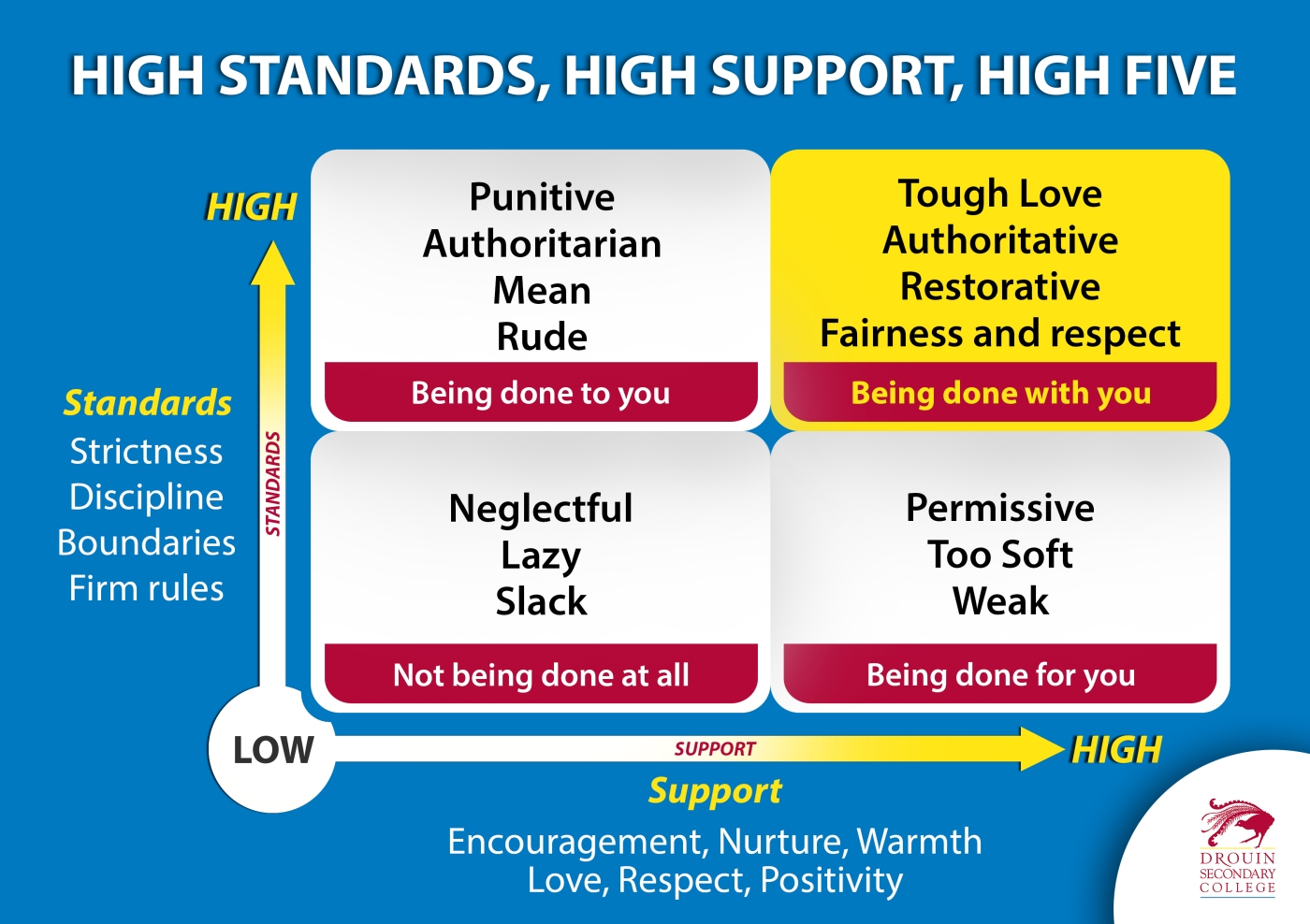Blog of The Week
10th February
Mean what you say, say what you mean
Dani Quinn
Every Monday morning, we aim to highlight one of the many excellent teacher blogs from the preceding week. These blogs are a great way of sharing good practice that is happening in other schools around the country and beyond.
This week's blog comes from Dani Quinn (@danicquinn) who is a Maths teacher at the the (in)famous Michaela Community School in London.
https://missquinnmaths.wordpress.com/2020/02/07/mean-what-you-say-say-what-you-mean/
The blog focusses on behaviour, in particular the much discussed 'warm-strict' approach. This perspective on behaviour management is underpinned by clear and coherant high standards that are enforced positively and with a focus on building relationships. Dani's blog is concerned specifically with how we communicate our standards to students when they come up short, for whatever reason.
She reminds us that when a student makes a choice that fails to meet our (high) standards, it is essential to remember that it is the choice we must correct. However, it is how we communicate this too our students that can be our undoing. This is explained by a key passage early in the blog:
"a correction or consequence isn’t given because a pupil has been ‘bad’ but because they didn’t live up to their ability to be ‘good’ (using ‘good’ and ‘bad’ in a loose sense!). When giving a consequence, or correcting behaviour, our words and emotions should show that it is straying from their good potential that is a disappointment".

In her blog, Dani looks at using our words and emotions to improve student behaviours, whilst building positive relationships at the same time. She suggests that the key to this fine balance, is making sure ‘corrections’ are:
- stern
- constructive
- positive and warm
She also reminds us how important it is that we notice the ‘creep’ of an unwanted behaviour and quickly narrate the positive version of what we expect to see, avoiding the need for corrections in the first place.
The blog is exceptionally clear and offers a wealth of 'real life' scenarios and examples of how we might approach them.
As a bonus, here is a great summary of what 'warm-strict' means in practice: https://bennewmark.wordpress.com/2019/12/16/the-warm-in-the-strict/